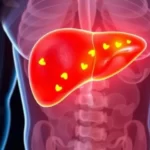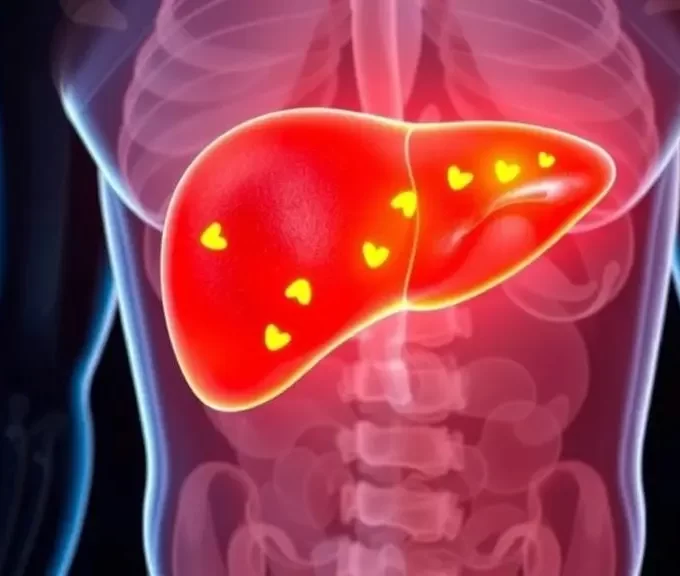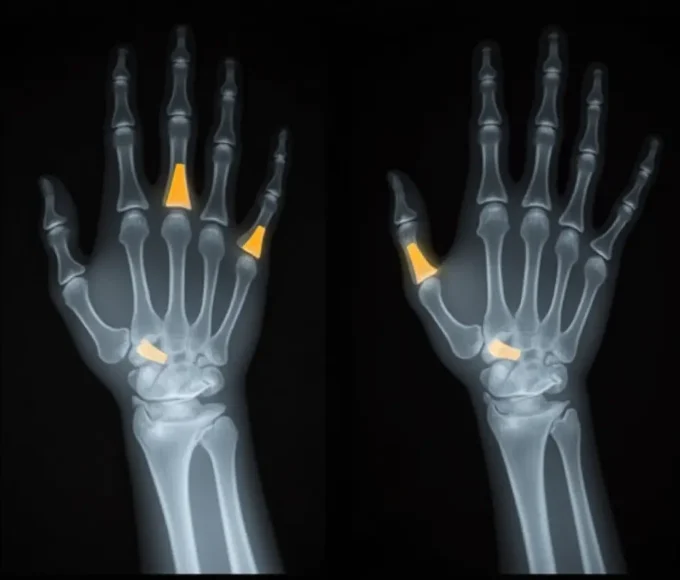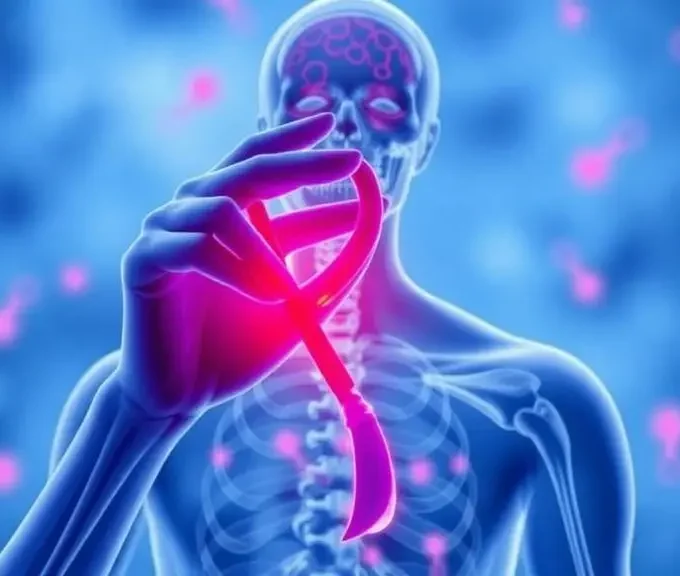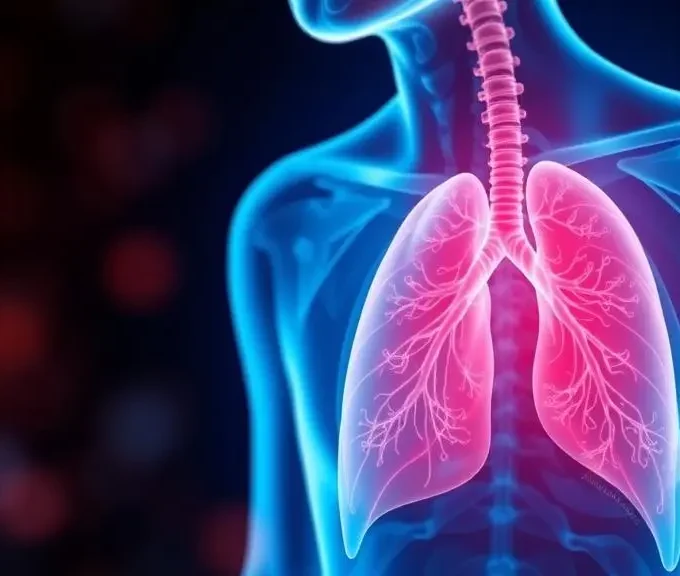Note: Homeopathic Treatment requires strict individualization. Please do not take any medicine without consulting your physician/homeopath.
Breast Related Complaints
Conium. [Con]
This remedy has a specific action on the female breast, dissipating its engorgements and tumors and relieving its pains. Tumors of a suspicious nature in the mammae have been caused to disappear by the use of Conium. They are the seat of a piercing pains, worse at night, and the rest of the gland is tender. The 30th potency is one that can be relied on in these cases. Conium corresponds also to injuries of the breast from a blow or pressure or overuse of arms; the characteristics are the hardness and the extreme sensitiveness; the breasts are painful even to the touch of the clothes or the jar of walking. This remedy suits cases where the gland becomes inflamed after every little cold. Pruritus is a confirming symptom. Bryonia. Breasts become hard and painful. Mastitis commencing with a chill, stitching pains, tense swelling, headache and other general Bryonia symptoms.
Phytolacca. [Phyt]
This remedy is suitable to irritable mammary tumors; the breasts are very sensitive during nursing, with an excessive flow of milk. There is tendency of the breasts to cake and suppurate; here no remedy is so useful; the pains seem to radiate from the nipple all over the body, especially down the arm from the axilla. Patient is chilly, rigors showing suppuration ; sore and fissured nipples; also Graphites and Hepar. Great aching all over the body with any of these condition is greatly characteristic. Croton tiglium. Pains shoot from nipple to the shoulders. Phellandrium. Stitching pain in nipple and pain along the milk ducts. Arnica. Tumors of the mammary gland from bruises. There is a discoloration of the parts and everything adds to the soreness; clothing, bandage, etc. Murex. Dr. Jousset has successfully used this remedy to quiet the pains of mammary tumors, especially when these pains are increased during menses.
Calcarea fluorica. [Calc-f]
This remedy corresponds to hard indurated swellings in the female breast. It has an excellent clinical record in dissipating these growths. Silicea suits chronic cases of mastitis with fistulous openings and callous edges. It will often disperse hard lumps in the breast. Sabal serrulata is said to materially aid in growth of undeveloped mammary glands.
Aconite. [Acon]
This should be used in the initial chill of acute mastitis, and it may be followed by Belladonna when red streaks radiate from a central point accompanied by pulsating pains, headache and a hardness of the breasts. Dr. E.S. Bailey thinks Belladonna has aborted more mammary neoplasms than any other remedy in the materia medica. Mercurius may be used when throbbing or transient chills indicate the beginning of suppuration. Sulphur may also be needed. Prof. Bailey further considers Sulphur as one of the best remedies for mammary neoplasms. Burning is mentioned as as indicating symptoms; also a history of former skin diseases and suppressed eruptions or of an infective leucorrhoea. Psorinum may also be mentioned in this connection.
Pulsatilla [Puls]
is also an excellent remedy in scanty flow or absence of milk, the patient being gloomy or tearful. It is useful where mechanical irritation excites the flow of milk in young girls. Urtica urens. Non-appearance of milk, with no special symptoms



